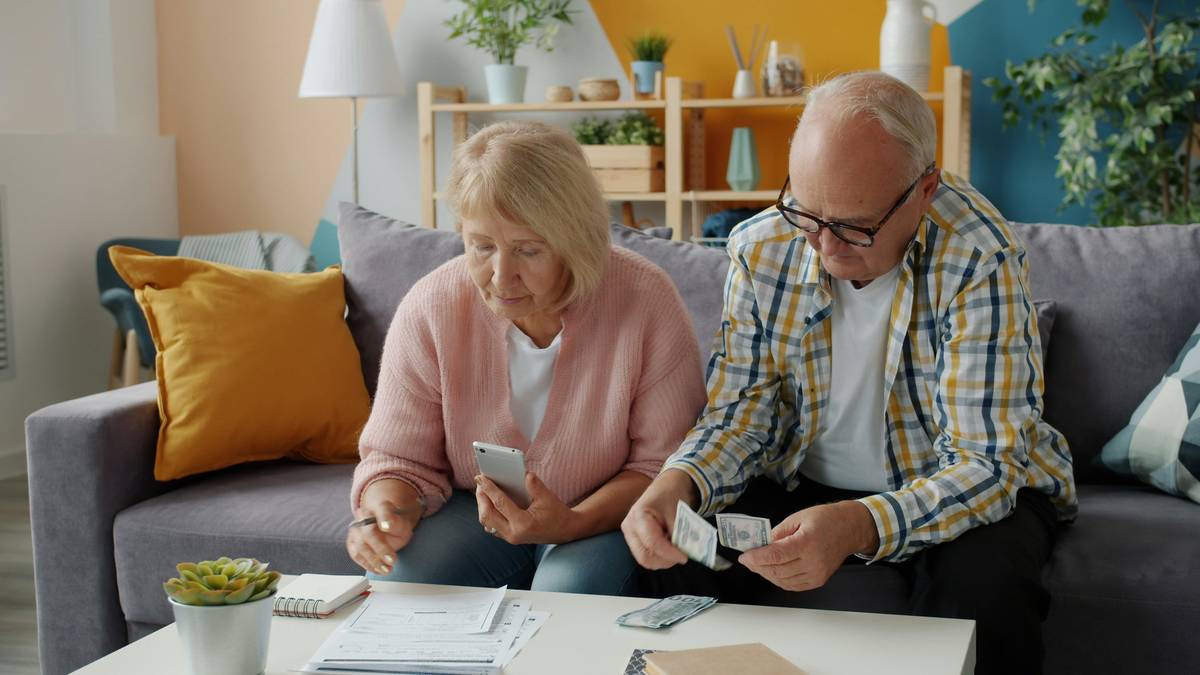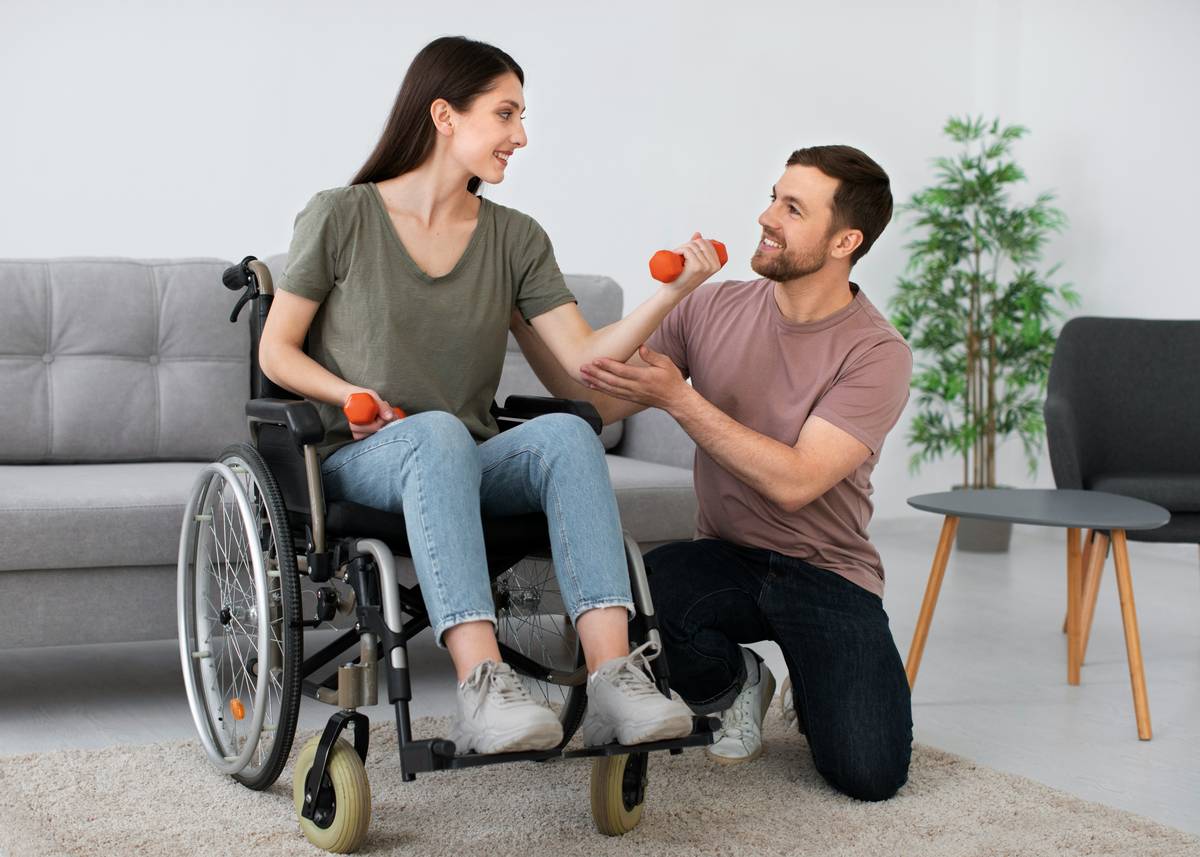“Ever spent hours comparing long-term care insurance policies, only to feel more confused than when you started? Yeah, us too.”
If you’re exploring long-term care insurance and have stumbled upon the term personal aid benefit, congrats—you’re already ahead of most people. This hidden gem can be a game-changer if you know how to use it properly. But don’t worry, we’ve got your back. In this post, you’ll learn:
- What a personal aid benefit actually is (and why it matters).
- Steps to ensure you’re maximizing it within your policy.
- Tips to avoid common pitfalls that could cost you thousands.
- Real-life examples from people who nailed it (or didn’t).
Table of Contents
- Why Your Personal Aid Benefit Is More Important Than You Think
- Step-by-Step Guide to Maximizing Your Personal Aid Benefit
- Pro Tips for Making the Most Out of Your Policy
- Case Studies: Successes and Failures with Personal Aid Benefits
- FAQs About Personal Aid Benefits
Key Takeaways
- A personal aid benefit provides non-medical assistance like bathing, dressing, and meal prep—essential for maintaining independence as you age.
- Not all long-term care insurance policies include this coverage; always confirm before buying.
- To maximize your benefit, start planning early, read the fine print, and ask insurers specific questions about limitations.
- Mistakes happen—like assuming “long-term care” automatically covers everything. Don’t fall into that trap.
Why Your Personal Aid Benefit Is More Important Than You Think

Let’s talk facts first. A staggering 70% of Americans over age 65 will need some form of long-term care, according to the U.S. Department of Health and Human Services. And guess what? Many of these needs aren’t medical—they’re daily tasks like getting dressed or preparing meals. Enter the personal aid benefit.
Here’s where I messed up royally: Years ago, while helping my grandmother shop for insurance, I completely overlooked this benefit because her agent made it sound optional. Big mistake. When she later needed help at home, her policy only covered skilled nursing—not the everyday stuff. Lesson learned: Always dig deeper.
Sensory alert: Imagine trying to shave without steady hands or cook dinner after hip surgery. Whirrrr goes the frustration meter. That’s why securing a solid personal aid benefit is crucial—it gives you peace of mind and practical support.
Step-by-Step Guide to Maximizing Your Personal Aid Benefit

Optimist You: “I’ve got this!”
Grumpy You: “Ugh, fine—but let me grab another cup of coffee.”
Step #1: Understand What Counts as a Personal Aid Service
Personal aid benefits typically cover activities of daily living (ADLs): bathing, grooming, dressing, toileting, transferring (moving from bed to chair), and eating. These are often referred to as ADL triggers—if you can’t perform two or more ADLs independently, your policy kicks in.
Step #2: Compare Multiple Policies
Don’t settle for the first option! Shop around and compare:
- Coverage limits (daily vs. monthly caps).
- Waiting periods (how long until benefits kick in).
- Premium costs versus total payout potential.
Step #3: Ask About Flexibility
Some policies let you roll unused personal aid days into other types of care—that’s genius-level planning right there!
Pro Tips for Making the Most Out Of Your Policy
“This strategy is chef’s kiss for drowning uncertainty,” said no one… except me right now.
- Lock It Down Early: Premiums skyrocket as you age. Buy young and save big.
- Be Specific With Agents: Ask direct questions like, “Does this policy require prior hospitalization?”
- Document Everything: Keep records of claims, correspondence, and payments. Sounds boring but trust me, it saves headaches later.
*Terrible Tip Alert:* Someone once told me to skip reading the entire contract since it seemed overwhelming. Spoiler: They regretted it. Always review every detail!
Case Studies: Successes and Failures with Personal Aid Benefits

Success Story: Meet Linda, 72, whose policy included a robust personal aid benefit. Her family hired part-time caregivers through her plan, allowing her to stay in her beloved home instead of moving to assisted living. Win-win.
Failure Story: John, 68, didn’t realize his policy excluded non-medical aid until he fractured his hip. Without funds for in-home help, he had to move in with his adult kids—a disruption nobody wanted.
Rant Section: Why oh why do insurers bury critical details in legal jargon?! If they’d just spell things out clearly, fewer families would end up blindsided.
FAQs About Personal Aid Benefits
Q: How much does a typical personal aid benefit pay per day?
A: It varies by policy but usually ranges between $50-$200/day.
Q: Can I combine personal aid benefits with Medicare?
A: Not directly. Medicare focuses on short-term recovery, so pairing it with private insurance is key.
Q: Are premiums tax-deductible?
A: Yes, depending on your income level and IRS guidelines.
Conclusion
Wrapping up, folks: Personal aid benefits might seem like just another checkbox on an insurance form—but they’re life-changing. By understanding what they cover, shopping wisely, and avoiding rookie mistakes, you’re setting yourself up for future success.
Like a Tamagotchi, your long-term care insurance needs daily care—and the payoff is worth it. Now go forth and conquer those policies!
Final Haiku:
Paperwork whispers,
Peace-of-mind blooms in due time,
Plan well, live freely.


